Anemia
- Anemia occurs when there are not enough healthy red blood cells to carry oxygen to your body’s organs. As a result, it is common to feel cold and symptoms of tiredness or weakness.
- There are many various types of anemia, but the most common type is iron-deficiency anemia. You can start to ease symptoms of this type of anemia by adding iron to your diet.
Table of Contents
What is anemia?
- It occurs when you do not have enough red blood cells(RBCs). Your red blood cells (RBCs) travel oxygen in your body. Oxygen (O2) improves your cell’s functioning and gives you energy.
- Without healthy red blood cells (RBCs) that do their job, your body does not get the energy it needs to function. While certain types of anemia are short-term and mild, others can last for a lifetime. Left unmanaged, anemia may be life-threatening.
How does anemia affect my body?
- When someone develops anemia, they are said to be anemic, meaning they have symptoms of anemia, such as being very tired or feeling cold all of the time.
Anemia affects various people in different ways:
- Newborns: Some infants are born with low red blood cell (RBC) counts. Most newborns do not require medical treatment for anemia, but some with severe anemia may require blood transfusions.
- Infants: Infants may get less iron than they require when they start eating solid food. That is because the iron in solid food is not absorbed as easily as iron in breast milk or formula. Infants with anemia may look lethargic.
- Children: Children do a lot of lengthening between birth and age 2. Children going through growth spurts require more iron. Children with anemia may create related problems such as delayed development of motor skills and problems with learning.
- Women who are pregnant: Women who are pregnant may create iron-deficiency anemia, which may increase the chance of complications such as premature birth or giving birth to babies with decreased birth weight.
- Women and people designated female at birth (DFAB): Women and people with DFAB who have heavy periods (menstrual bleeding) or conditions such as uterine fibroids may lose blood and develop anemia.
- People age 65 and older: People over 65 are more likely to have iron-poor diets and certain chronic diseases that improve their risk of developing anemia. If they develop anemia, they may have heart conditions or weakness that creates it hard for them to get around. They may have confusion or depression.
- People with chronic conditions: Some chronic conditions such as autoimmune diseases or cancer may increase the risk of anemia. This is anemia of chronic disease.
How common is this condition?
- Anemia is very usual, affecting an estimated one-third of the global population and an estimated three million people in the United States.
Types of Anemia:
- There are many types, each causing red blood cell (RBC) levels to drop.
Nutritional anemias
- Pernicious anemia: Pernicious anemia, one of the causes of vitamin B12 deficiency, is an autoimmune condition that cures your body from absorbing vitamin B12.
- Iron-deficiency anemia: As its name implies, iron-deficiency anemia happens when your body does not have enough iron to make hemoglobin. Hemoglobin is the substance in your red blood cells (RBCs) that enables them to carry oxygen throughout your body.
- Megaloblastic anemia: Megaloblastic anemia is a type of vitamin deficiency anemia that happens when you do not get enough vitamin B12 and/or vitamin B9 (folate).
Inherited anemias
- Sickle cell anemia: Sickle cell anemia changes your red blood cell (RBCs) shape, turning around flexible discs into stiff and sticky sickle cells that block blood flow.
- Fanconi anemia: Fanconi anemia is an infrequent blood disorder. Anemia is one symptom of Fanconi anemia.
- Diamond-Blackfan anemia: This inherited disorder retains your bone marrow from making enough red blood cells.
Anemias caused by abnormal red blood cells
- Hemolytic anemia: In this anemia, your red blood cells (RBCs) break down or die faster than usual.
- Aplastic anemia: This anemia happens when stem cells in your bone marrow do not make enough red blood cells (RBCs).
- Autoimmune hemolytic anemia: In autoimmune hemolytic anemia, your immune system attacks your red blood cells (RBCs).
- Sideroblastic anemia: In sideroblastic anemia, you do not have enough red blood cells (RBCs) and you have too much iron in your system.
- Macrocytic anemia: This anemia occurs when your bone marrow makes unusually large red blood cells (RBCs).
- Microcytic anemia: This anemia happens when your red blood cells (RBCs) do not have enough hemoglobin so they are smaller than usual.
- Normocytic anemia: In this type of anemia, you have fewer red blood cells (RBCs) than usual, and those red blood cells do not have the normal amount of hemoglobin.
What are the symptoms of anemia?
- Fatigue — feeling very much tired to manage your activities — is the most noticeable anemia symptom.
Other symptoms may include:
- Shortness of breath (dyspnea): This is the feeling you can not catch your breath or take a deep breath.
- Dizziness: This is feeling lightheaded or unstable on your feet.
- Fast or irregular heartbeat (arrhythmia): This is when your heart feels as if it is racing or skipping beats.
- Pounding or “whooshing” sound in your ear (pulsatile tinnitus): This is a swooshing sound in 1 of your ears that may come and go.
- Headache: Iron deficiency anemia and anemias caused by decreased hemoglobin may cause headaches.
- Pale or yellow skin: Your skin color may be paler than common.
- Chest pain: This may feel as if something is pressing on or squeezing your chest.
What is the main cause of anemia?
- People may be born with some types of anemia or develop anemia because they have certain chronic diseases. Yet poor diet causes iron-deficiency anemia, which is the most common form of anemia.
How do healthcare providers diagnose anemia?
- Your healthcare provider (doctor) will ask questions about your symptoms.
As anemia happens when you do not have enough healthy red blood cells (RBCs), they will do blood tests to check on your red blood cells (RBCs):
- Complete blood count (CBC): Healthcare providers (doctors) use this test to check on all of your blood cells, with a focus on your red blood cells. They count your red blood cells (RBCs) and evaluate your red blood cells (RBCs) size and shape. Healthcare providers (doctors) may use this test to check on your vitamin B12 or B9 levels.
- Peripheral blood smear: Healthcare providers examine your red blood cells (RBCs) under a microscope.
How do healthcare providers treat anemia?
- First, your healthcare provider (doctor) will determine if you have anemia caused by a poor diet or a more severe health problem. They may refer you to a hematologist, or a healthcare provider (doctor) who specializes in blood disorders.
Here are certain examples of common anemia treatments:
- Healthcare providers (doctors) may recommend changing your diet or taking supplements if you have iron-deficiency anemia or pernicious anemia.
- If you have anemia because you have a chronic disease, your provider (doctor) will treat the underlying condition. They may prescribe medication to boost red blood cell (RBC) production.
- Providers may use medications such as immunosuppressants or treatments like blood transfusions to treat anemias that happen when you have abnormal red blood cells, such as aplastic anemia or hemolytic anemia.
Can I prevent developing anemia?
- You can not prevent some kinds of anemia, such as sickle cell anemia, hemolytic anemia, or aplastic anemia. People with chronic diseases who may create anemia should watch for anemia symptoms. And you can cure nutritional anemias by eating a healthy diet.
What can I look for if I have this condition?
- Your prognosis or expected outcome turns on why you have anemia, the type of anemia you have, and whether you have a severe form of it. Most of the time, healthcare providers (doctors) can treat anemia by assisting you to manage your diet or with medications. Yet there are times when you may be living with anemia for the rest of your life.
What happens if anemia is not treated?
- People who have undiagnosed or unmanaged anemia may have life-threatening organ failure. Children who have serious anemia may have developmental delays. People in their 80s may develop heart conditions, involving angina, arrhythmias, and myocardial infarction.
How do I take care of myself?
- While certain types of anemia are short-term and mild, others can last for a lifetime.
There are several ways to help manage anemia, involving:
- Following a healthy diet: Poor diet is the primary reason why people create anemia. Ask your healthcare provider (doctor) about iron-rich foods and other foods you should eat.
- Drinking adequate water to stay hydrated.
- Getting regular exercise: Check with your healthcare provider (doctor) about ways to exercise safely.
- Avoiding exposure to certain chemicals: Exposure to some metals may cause hemolytic anemia.
- Washing your hands often to avoid infection: You may also want to ask your healthcare provider (doctor) about vaccines that defend against common infections.
- Taking good care of your teeth and going to the dentist regularly: Iron-deficiency anemia may start dental problems.
- Tracking your symptoms and letting your healthcare provider (doctor) know about any changes.
When should I see my healthcare provider?
- If you have anemia, you should check with your provider (doctor) if your symptoms get worse despite treatment or if you notice changes in your body that may be the latest symptoms of anemia.
When should I go to the emergency room?
Anemia may improve your risk of a heart attack.
- Trouble breathing,
- Nausea,
- Sweating,
- Chest pain.
What questions should I ask my healthcare provider?
- Anemia may harm your body in many ways. It may occur for many various reasons.
If you are concerned about developing anemia or you have anemia, here are some questions you may want to ask your healthcare provider (doctor):
- What kind of anemia do I have?
- What caused it?
- What treatments do you recommend?
- When will I start to feel better?
- How long will I need treatment?
- Can you cure my anemia?
Summary
- Anemia happens when you do not have enough red blood cells or your red blood cells (RBCs) are not working as well as they could. Some people are born with forms of anemia, yet most people who have anemia develop the condition over time.
- That is why it is important to keep track of changes in your body. For example, we all have days when we sense worn out. But if you are feeling very tired for so many days despite getting rest, consider talking to your healthcare provider (doctor).
- Most of the time, anemia is a short-term problem easily treated by changing your diet or taking supplements. Untreated, anemia may cause severe medical issues.
FAQs
The most usual cause of anemia is iron deficiency. Your body requires iron to create hemoglobin. Hemoglobin is an iron-rich protein that travels the red color of blood. It helps to travel oxygen (O2) from the lungs to the other parts of the body.
Adults with serious anemia may be at risk of developing complications that affect their heart or lungs. For example, you may create tachycardia, which is an abnormally fast heartbeat, or heart failure, where the heart fails to pump adequate blood around your body at the right pressure.
If you have anemia, your body does not acquire enough oxygen-rich blood. The lack of oxygen can create you feel tired or weak. You may have shortness of breath (dyspnea), dizziness, headaches, or an irregular heartbeat.
To treat your anemia, your doctor may purpose eating more meat—especially red meat (such as beef or liver), as well as chicken, turkey, pork, fish, and shellfish. Nonmeat foods that are the best sources of iron involve Spinach & other dark green leafy vegetables.
A bone marrow transplant, known as a stem cell transplant, is an option if you can not make healthy red blood cells. In this procedure, your bone marrow is replaced with donor marrow that can create healthy cells. This is the only cure for a certain type of anemia, such as paroxysmal nocturnal hemoglobinuria.
Many people are at risk for anemia cause of poor diet, intestinal disorders, chronic diseases, infections, and other conditions. Women who are menstruating or pregnant and people with chronic medical conditions are most at the chance of risk this disorder. The risk of anemia improves as people grow older.
The final stage is iron deficiency anemia. It is characterized by a decrease in hemoglobin concentration with small (microcytic), and pale (hypochromic) red blood cells (RBCs). Symptoms involve fatigue upon exertion, weakness, headaches, apathy, pallor, poor resistance to cold temperatures, decrease physical work capacity, and poor immune function.
Iron supplements can improve the iron in your body. This may assist treat iron-deficiency anemia. Iron supplements are commonly not given to people who do not have iron-deficiency anemia because too much iron can damage your organs. Vitamin B12 supplements or shots can assist treat vitamin B12–deficiency anemia.
Both short and long night sleep duration were associated with improved risk of anemia.

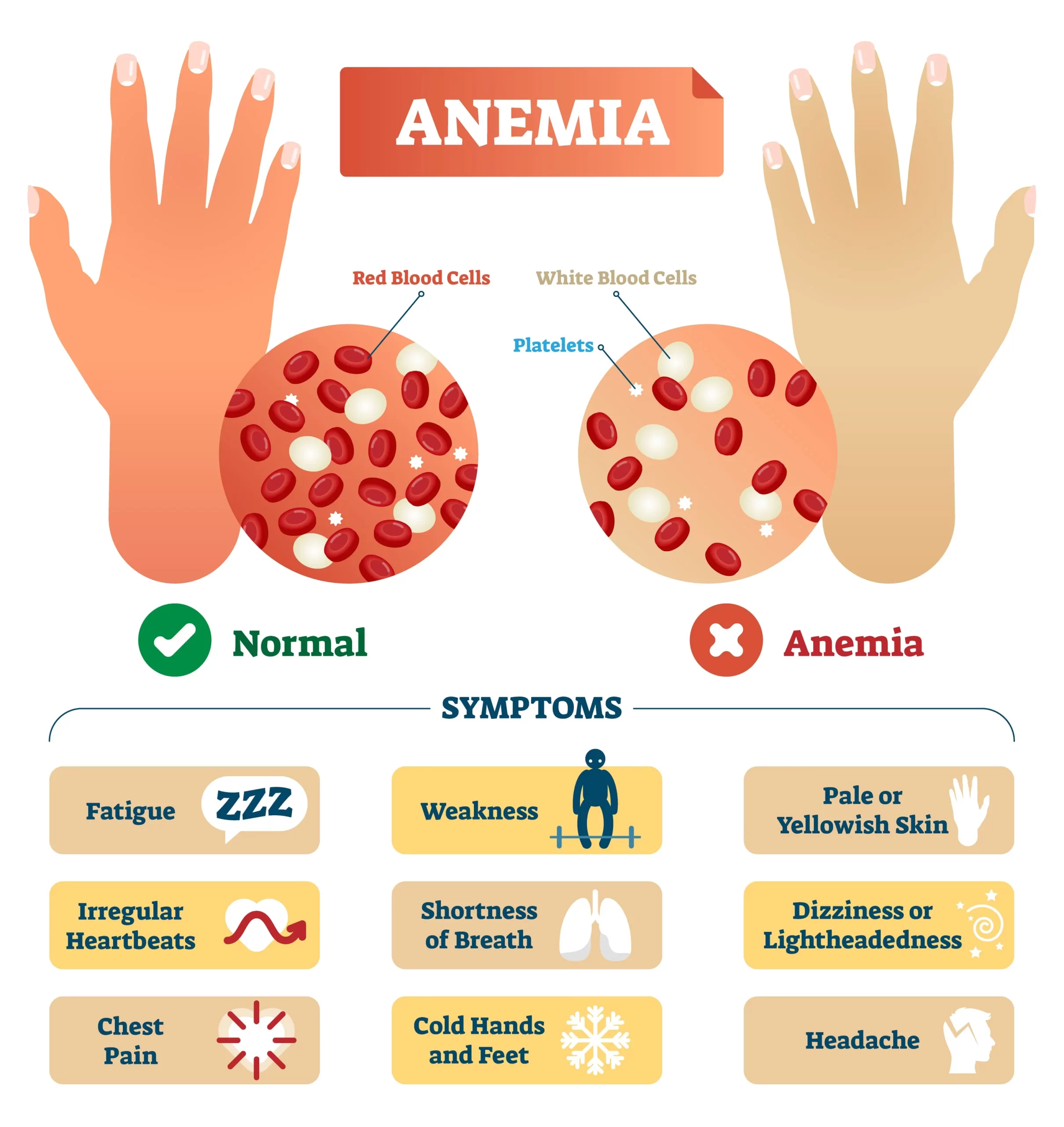
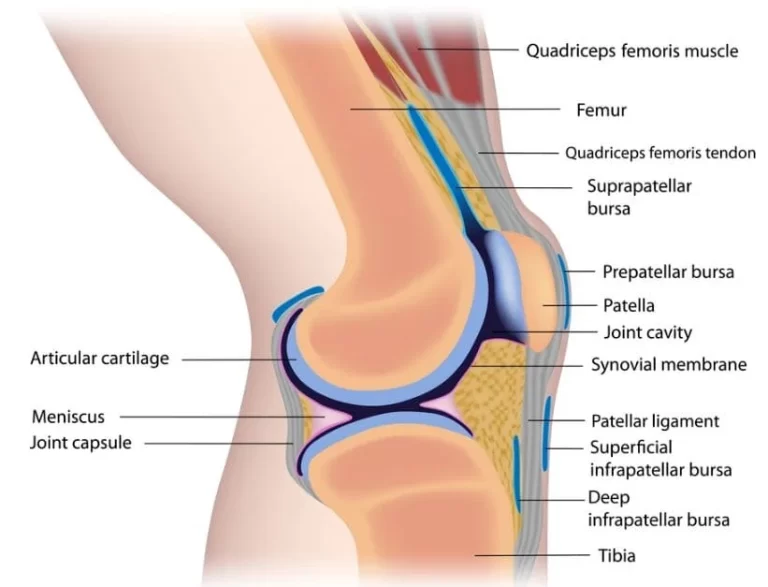
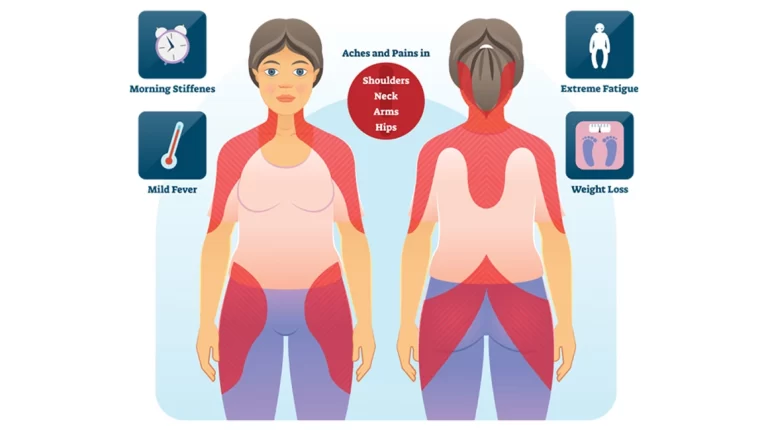
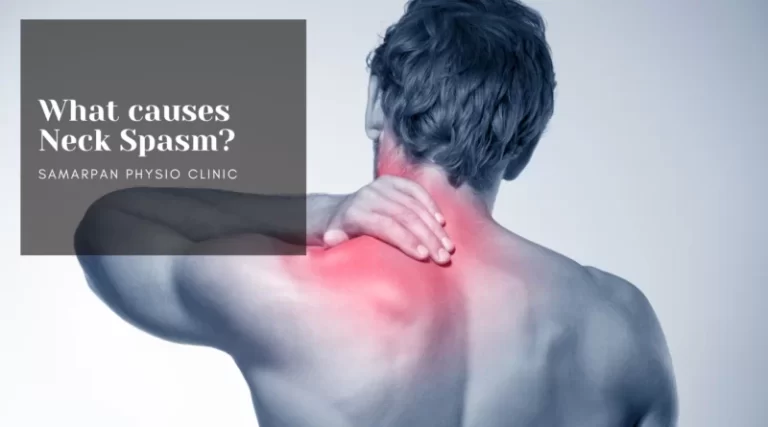
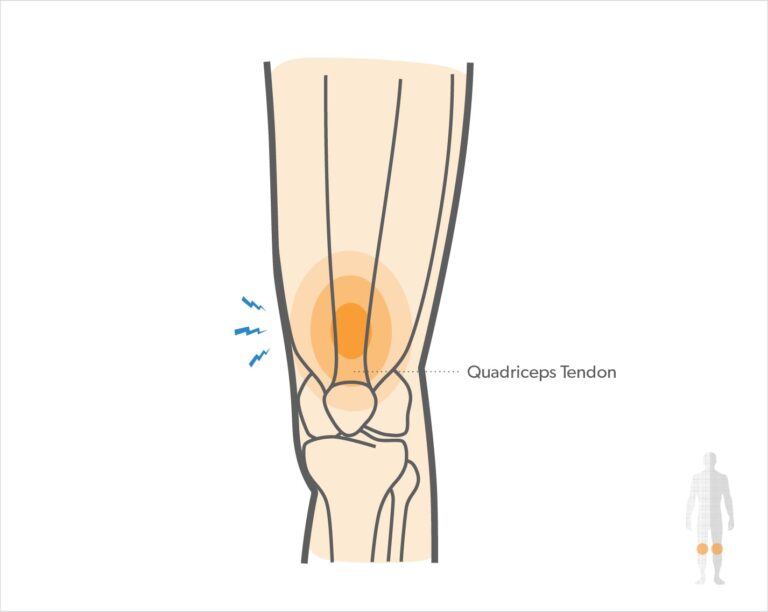
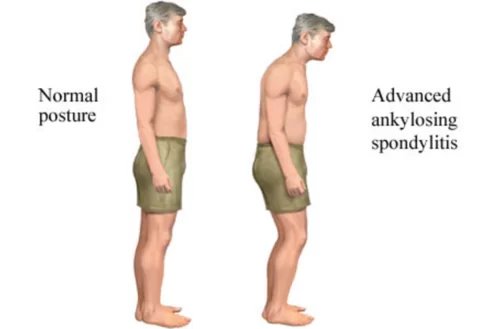
19 Comments